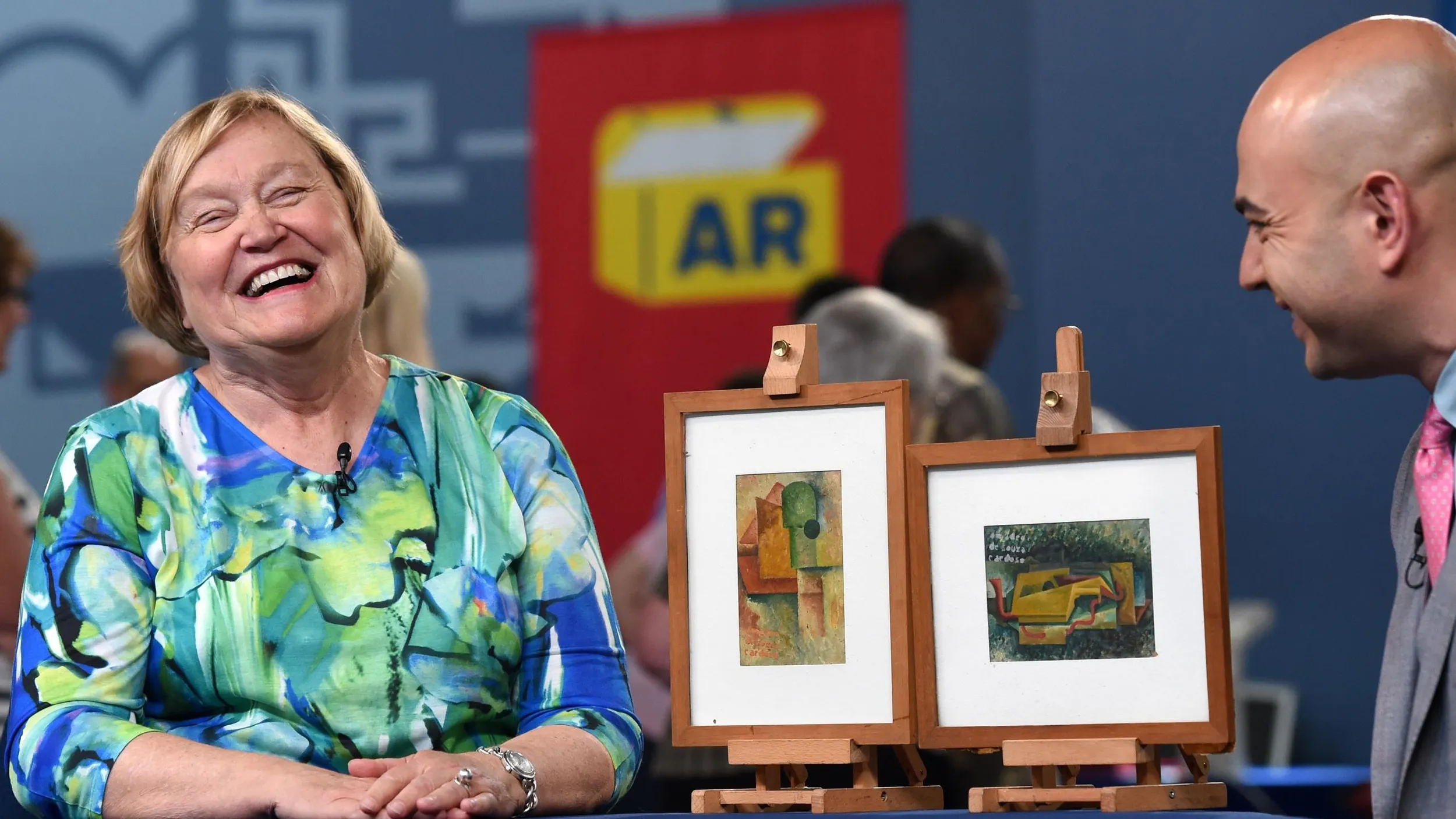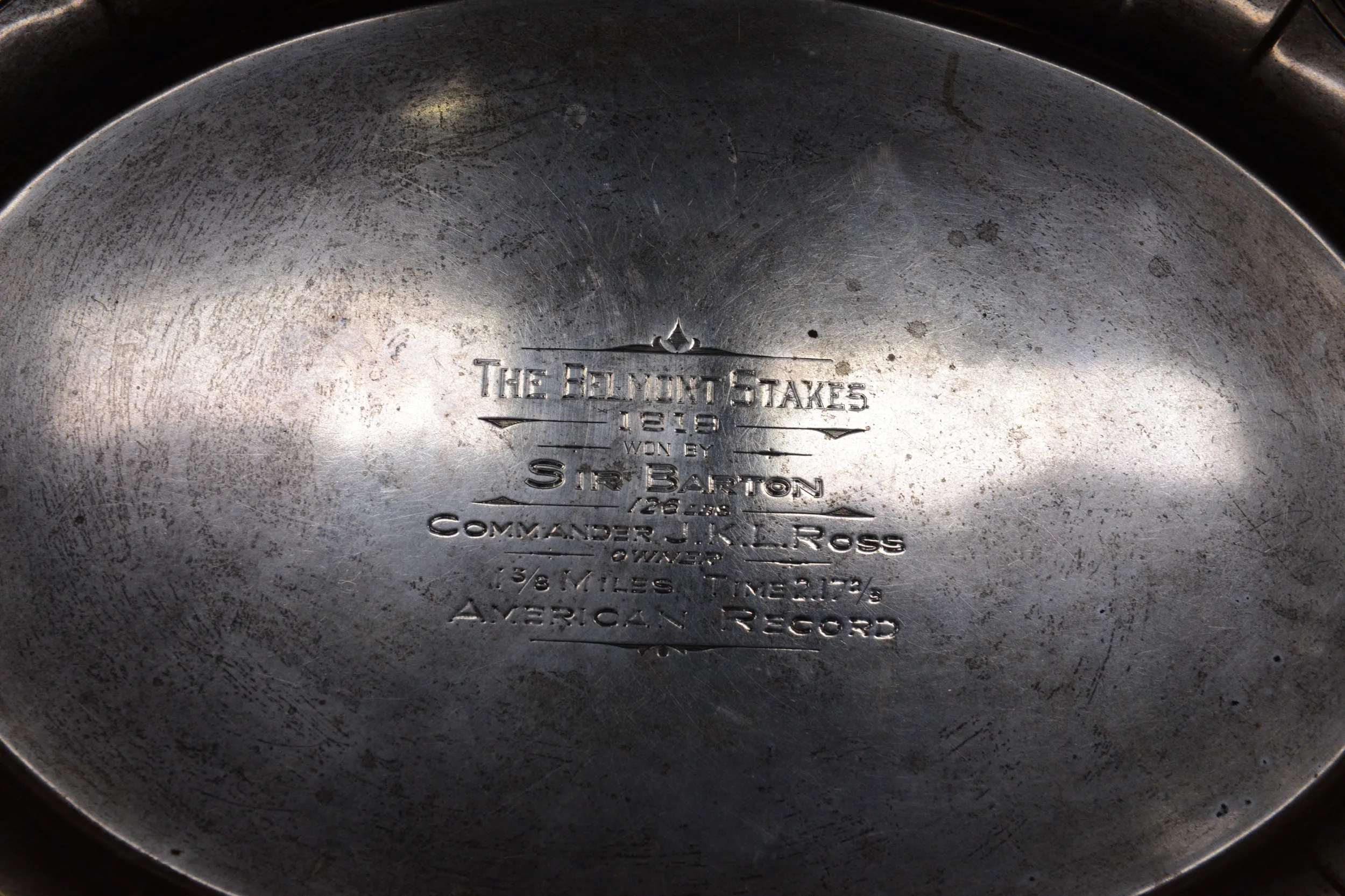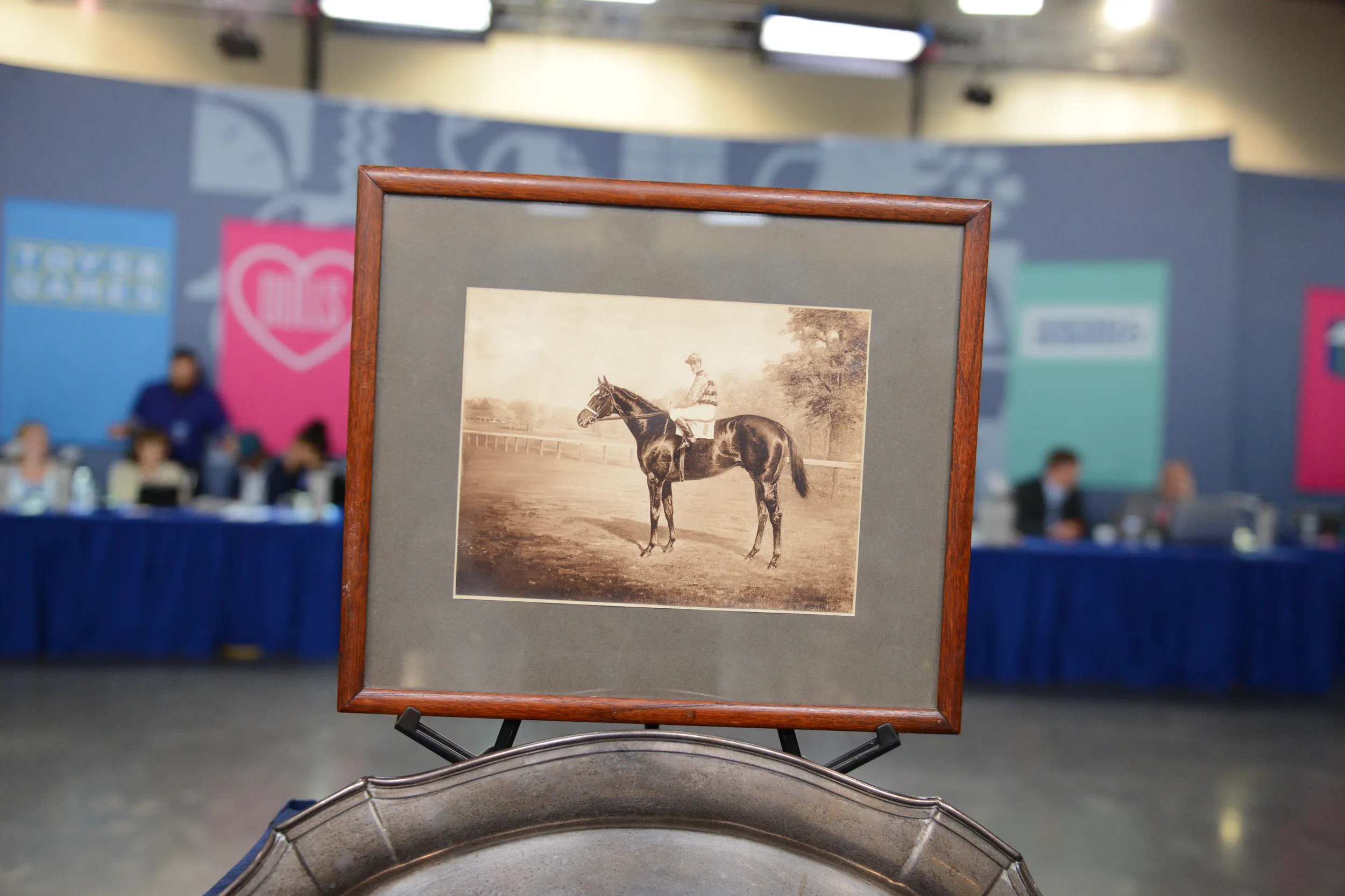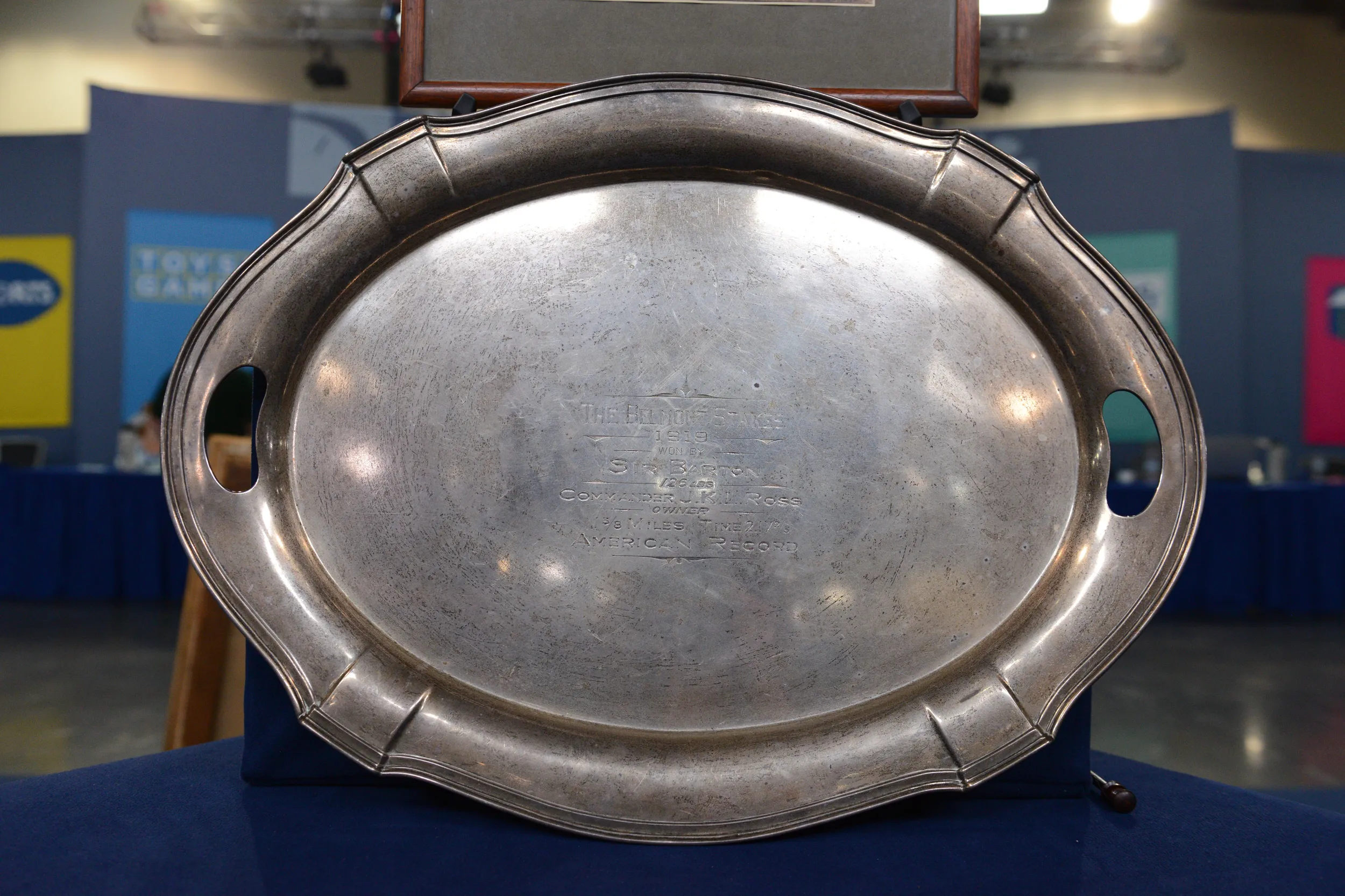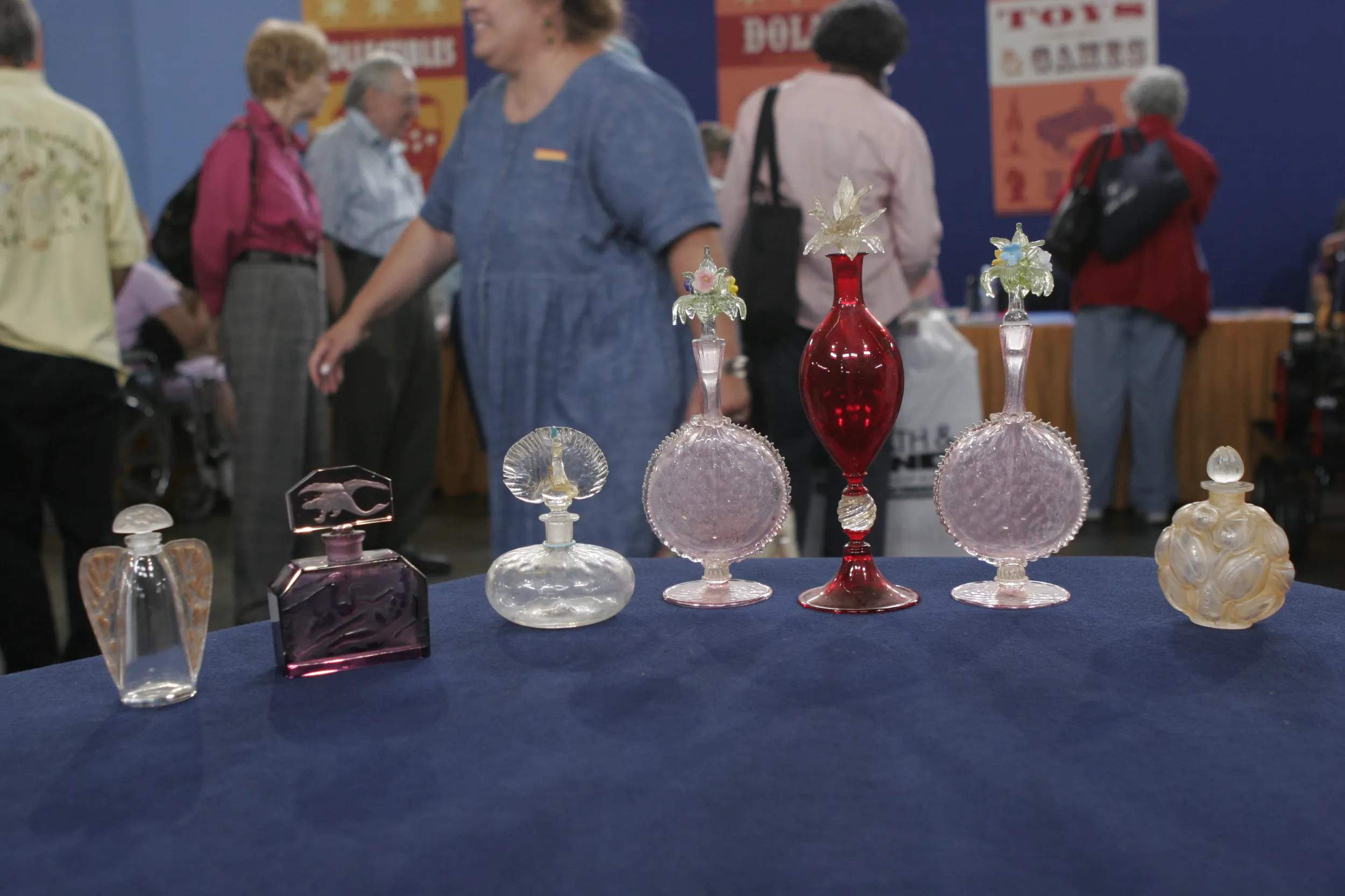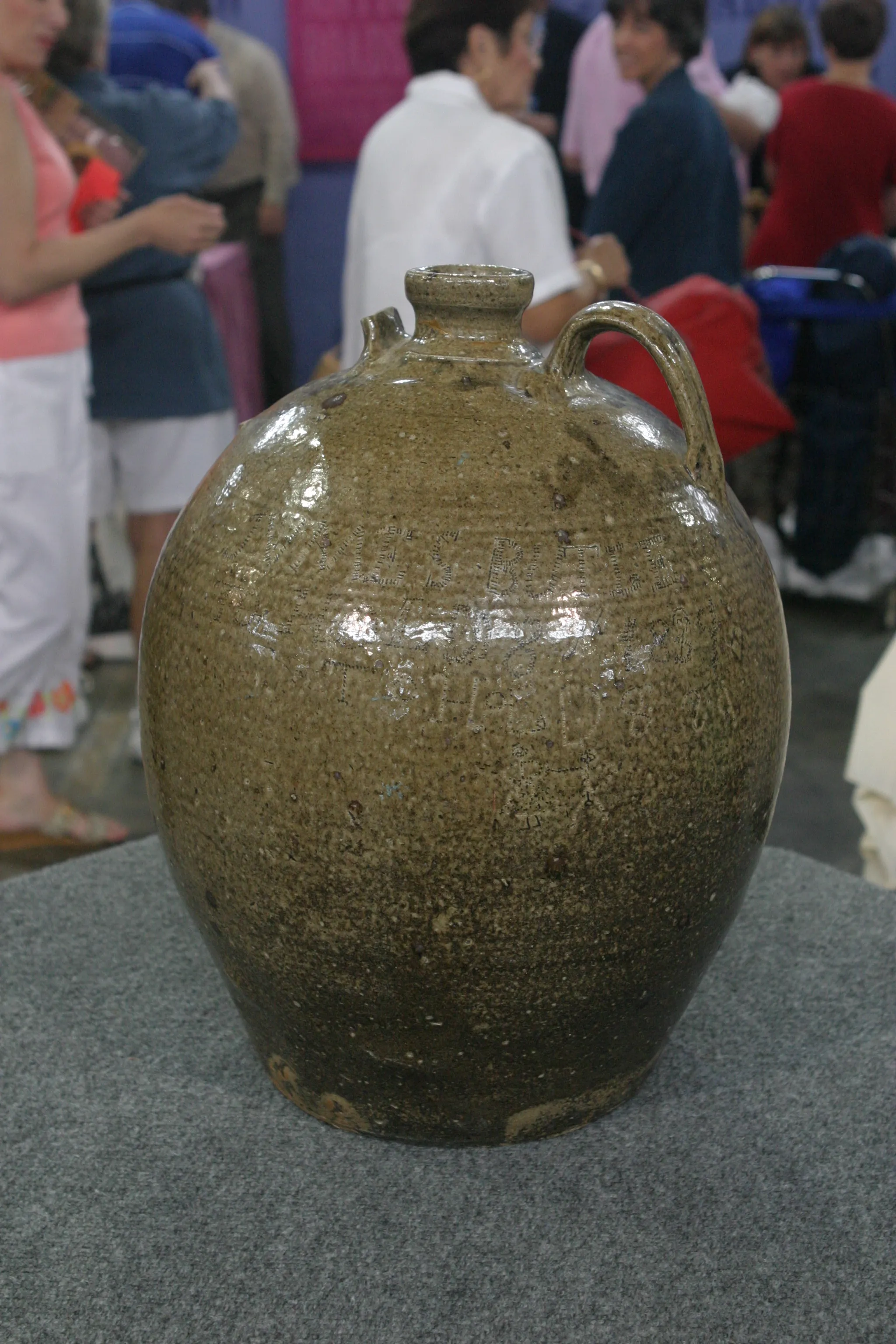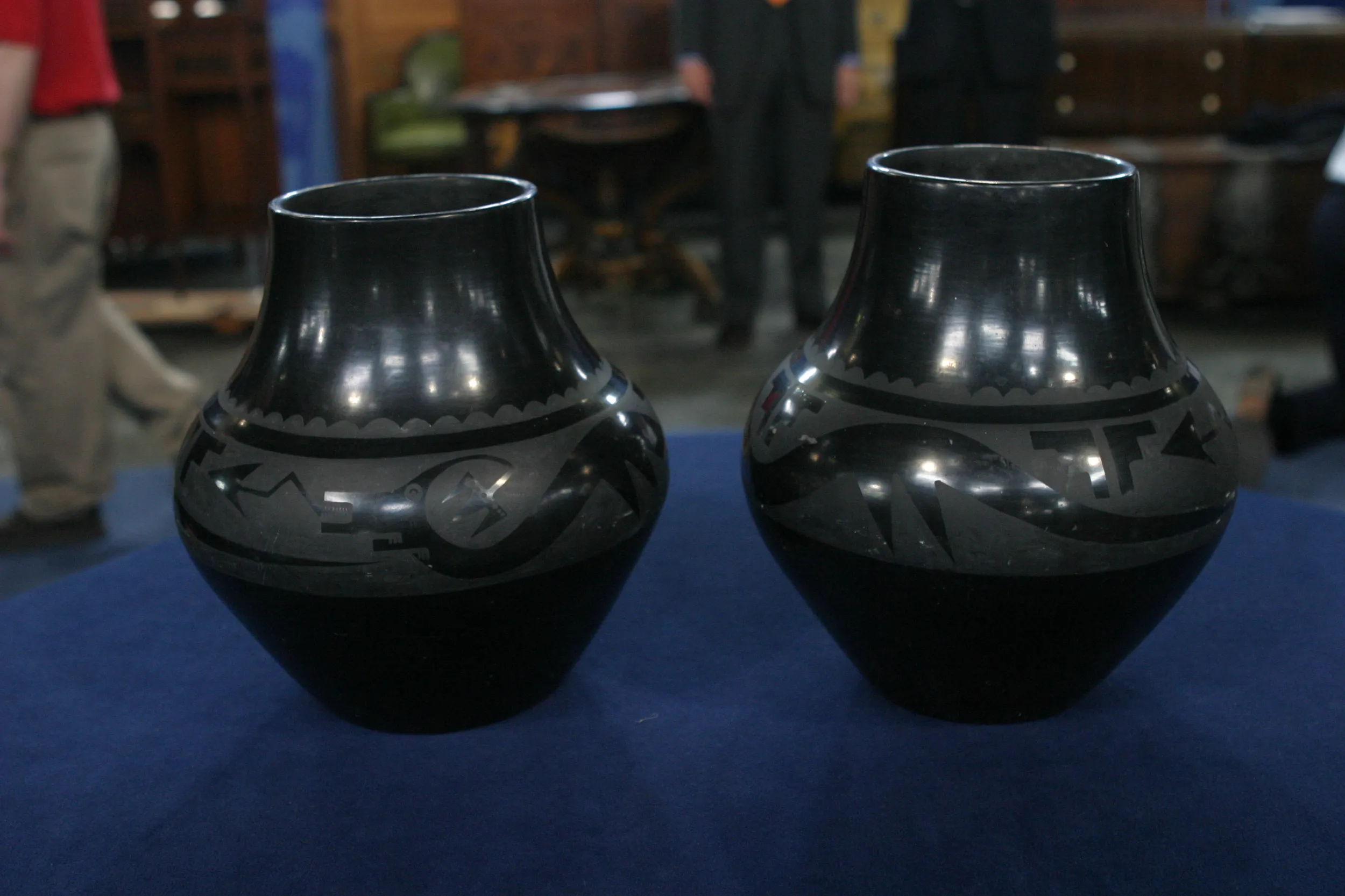GUEST: I brought my great- grandfather's trophy that he got for the Belmont Stakes. He had a stable at the time that had a number of great racehorses, but the big one was Sir Barton. And this is the winning trophy for the very first Triple Crown.
APPRAISER: So... and tell me about Sir Barton, because he was quite an interesting horse.
GUEST: Yes, well, he was a horse that inherited bad feet, and he had a really mean disposition. And they basically had to wear out all these other horses to get him to train. So for the Kentucky Derby, they put him on there for Billy Kelly so that he'd have a race mate for the race. And he blew it away.
APPRAISER: Right.
GUEST: He got the first race. So then they... Okay, well, so then they ran him for the other races.
APPRAISER: Right.
GUEST: But he was always a difficult horse, and he ran in spite of his sore feet.
APPRAISER: He also was known to be pretty feisty.
GUEST: He was nasty. Apparently, you wouldn't want to go near him.
APPRAISER: Didn't like humans.
GUEST: No, didn't like humans. Didn't like animals either.
APPRAISER: He ran four races in 32 days.
GUEST: Yes. So he ran the Kentucky, and everybody was surprised that he won. Then they turned around and said, "Well, we'll put him in the Preakness," and he blew that one away, too. And then he ran the... I think it was the Withers Stakes. And then they put him in the Belmont, and he ran the Belmont and he did really well.
APPRAISER: Yeah, and he was placed in the Kentucky Derby just as a rabbit.
GUEST: Yes, right.
APPRAISER: Just to tire out the other horses, and never looked back. What else do you remember about him?
GUEST: He was a horse that basically never really liked to run. Because they could never get him to run, it was hard to keep him in shape. So what I understood was that they really didn't know whether they were going to be able to have him ready each time that he ran.
APPRAISER: And so as we're sitting here today talking about the first Triple Crown winner, we were told earlier today that American Pharoah won the Triple Crown this year.
GUEST: I know, it's amazing.
APPRAISER: First time in 37 years.
GUEST: It's amazing.
APPRAISER: So we have this sterling tray here, awarded for winning the Belmont Stakes in 1919. All inscribed with the owner's name.
GUEST: Is there anything about polishing I should know?
APPRAISER: It's accepted to polish something like this.
GUEST: It is, okay.
APPRAISER: It'll show nicer. From the standpoint of athletic trophies, perfectly acceptable. And they're beautiful when they're shined up, so...
GUEST: Okay.
APPRAISER: Yeah… When you look at comparables, you'll see there was a silver Loving cup trophy that was awarded to Sir Barton for the Belmont Stakes. That sold at auction for $17,000 in 2006.
GUEST: Wow.
APPRAISER: We would place an auction estimate on the tray at $15,000 to $25,000.
GUEST: Wow. Wow, that's pretty cool.
APPRAISER: For an insurance figure, I would place an insurance amount of $35,000.
GUEST: Okay. Well, that's wonderful.

